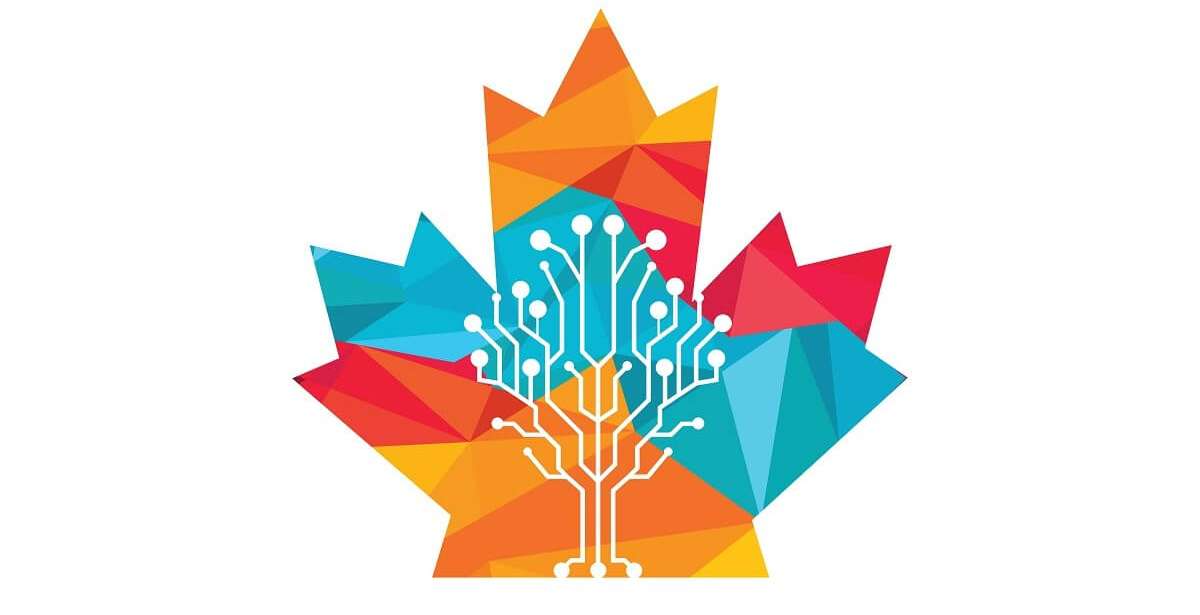The Role of Taguchi Methods in Product Management and Innovation

Engineers are responsible for turning project plans into real-world products despite external challenges. Aerospace pioneer Theodore von Karman once wrote, “Scientists study the world as it is; engineers create the world that has never been.” To fulfill this lofty mission, you need the skills to anticipate potential obstacles for every project.
Engineering is typically viewed as a heavily technical field, but that overlooks the importance of product development to engineers. Electric cars, dams, and computer networks alike require good processes as well as design knowledge. Tools like Taguchi methods allow projects to approach the intersection of product quality, customer satisfaction, and budgets.
Learn More About uOttawa's Online MEM Program
Applying Product Management Principles to Engineering
Product development is often associated with small-scale consumables but it also applies to large-scale projects and systems. Engineers succeed when they incorporate best practices for product development into their workflows. The following checklist is used for engineering projects around the world:
- Ideation: How do you iterate on existing ideas to create new products?
- Research: Will the end product be useful, original, and attractive?
- Planning: What components are needed to bring product plans to life?
- Prototyping: What are features and flaws found in models?
- Sourcing: What is the supply chain needed for this project?
- Costing: How can we balance project needs with financial realities?
These six points provide guidance while allowing for creativity by engineers and their managers. The SCAMPER method commonly used in the Ideation stage shows how creativity is essential to product development. Any team can use the acronym’s prompts to identify needs fulfilled by a future project:
- Substitute
- Combine
- Adapt
- Modify
- Put to another use
- Eliminate
- Reverse
Engineering teams spend considerable time envisioning how project plans can be fully realized. External factors including supply shortages, weather changes, and changing priorities by stakeholders can leave plans in limbo. Production management requires considerable creativity not only to imagine new products but solve problems in their creation.
Combining Product Management with Creativity
Creative thinking leads to innovative production processes along with successful final products. Aha! CEO Brian de Haaf explains the aspects of creativity that lead to innovations:
“You need imagination to build what has not been built before. You need ingenuity to set strategy and then capture, prioritize, and implement new ideas. It is your job to define the future of the product — this means pairing the practical with the creative. And it takes bold thinking to cast a vision and inspire others to work towards it.”
Development of the Dyson bagless vacuum illustrates the power of product development fueled by creativity. Industrial designer James Dyson sought a solution to the widespread problem of vacuums losing suction over time. He wanted to eliminate extraneous parts and create a suction system that led to long-term product use.
Dyson drew inspiration from a cyclone tower design used for a sawmill. The tower’s centrifugal force cleared sawdust and paint particles from the mill. Five years of product development and prototyping led to the cyclonic vacuum technology used in Dyson vacuum cleaners.
A product management mindset infused with creativity can elevate any engineering project. Engineering teams must also consider how they can extract greater value to the public through good design. A methodology created by Dr. Genichi Taguchi is helpful in achieving this goal.

What are Taguchi Methods?
Taguchi methods are statistical tools for achieving the greatest consistency in quality during production. Taguchi, an engineer at Japanese company NTT, re-examined engineering orthodoxy to maximize quality while minimizing costs. His goal was to achieve consistent quality by minimizing external impacts on the production process.
Taguchi identified three components in any design process:
- Systems design;
- Parameter design;
- Tolerance design.
Systems and tolerance design stages are typically given the most weight in engineering projects. Systems design is the exciting early stage where a new product is constructed using new methods or resources. Engineers develop ranges of acceptable quality through tolerance design based on budget limitations and other factors.
The origin of Taguchi methods lies in recognizing these points of emphasis as arbitrary. Taguchi focused on parameter design in his work because it sets the limits of acceptable quality at each step in the process. In short, Taguchi methods ensure adherence to the original design throughout production rather than at its end.
There are three components of Taguchi methods that must work in concert to achieve higher product quality. Product managers and engineers should become familiar with:
- The Taguchi loss function;
- Experimental designs that account for external influences;
- Achieving product quality through off-line processes.
The Taguchi loss function is a formula for calculating the impacts of product flaws on society. Manufacturers often focus on the immediate costs of fixing or recalling products that are flawed. Taguchi created the loss function to account for the amplified effects of bad products on the public.
Taguchi methods rely on orthogonal arrays to determine how variations in production impact quality. Outer arrays filled with external factors - or noise - interact with inner arrays reflecting control measurements. The results move finished products closer to their ideal versions by addressing known variables.
Systems, parameter, and tolerance design are best handled away from the production line. An online quality control process can lead to errors and ad hoc solutions that can’t be replicated across all products. Taguchi argued for off-line design and testing processes that improves quality from product 1 to product 1,000,000.
Why Do We Use Taguchi Methods in Engineering?
Taguchi methods don’t eliminate external factors or noise from the process but move production closer to optimal states. For example, calculating Taguchi loss function won’t make the first computer last as long as the millionth computer off the production line. Outside factors found with the function can be minimized to narrow this performance gap.
Taguchi’s innovations infused within Japanese manufacturers and firms over the next 30 years. Japan’s economic boom in the 1980s led to exports of products as well as business concepts. Taguchi methods are used by engineers and product managers around the world because product quality is a global concern.
Academic literature has covered application of Taguchi methods across engineering disciplines. For example, environmental engineers have used these methods to treat industrial resins found in wastewater from factories. Taguchi methods are beneficial in many circumstances but engineers should be aware of both their advantages and disadvantages.
Taguchi Methods Advantages
As an engineer, Taguchi sought a durable and versatile method for improving production processes. A major benefit of using Taguchi methods is that they can be applied to most engineering scenarios without a large number of experiments. Engineers can run arrays and functions by hand, on whiteboards, or using programming languages like R and Python.
Blog: Project Management Trends for Engineering Managers
Engineering managers use Taguchi methods to quickly filter possibilities for solutions to problems. Existing production data and specifications can be processed through orthogonal arrays without gathering additional information. These tools are also valuable because they require little time to complete.
Taguchi’s work focused on creating target values and stripping away obstacles to those values. Alternative methods of statistical analysis focus less on ideal targets and more on ranges. His namesake methods provide actionable recommendations for engineering managers and project stakeholders.
Disadvantages of Taguchi Methods
A common criticism of Taguchi methods is that they use estimates and approximations in achieving target values. The Taguchi loss function uses a constant that can be difficult to identify or arbitrary in its own right. Statisticians also argue that sound-to-noise ratios don’t account for the full range of external factors.
Another disadvantage of these methods is their limited impact on the entire production cycle. Taguchi methods lead to good design principles but do not remedy product issues found by end-of-line testers or customers. The Institute of Management Services diagnoses why this issue occurs:
“Quoted successful applications of the Taguchi methodology are frequently associated with relatively limited aspects of design, for example single parts, rather than very complex products or services.”
Engineers and product managers using Taguchi methods to conduct offline experiments may not be ideal for every project. A factory, work site, or other production environment might have too many moving parts to wait on Taguchi results. These methods are better for pre-production considerations rather than in-progress adaptations.

Learning How to Achieve Success with Taguchi Methods
The passport to a long and successful engineering career is a graduate education focused on real-world needs. The Master’s in Engineering Management from uOttawa is the only online engineering management program in Canada. Engineers advance their careers at uOttawa without setting foot in a classroom.
Every MEM candidate completes core courses covering topics including accounting and leadership. Four concentrations are available for engineers who want to build specialized skills. The Product Innovation Management module teaches in-demand skills including:
- Creativity and Innovation
- Product Development and Management
- Taguchi Methods for Engineering R&D
The MEM is a valuable asset for graduates in part because of uOttawa’s international reputation. U.S. News & World Report recently ranked uOttawa No. 8 in Best Global Universities in Canada and No. 192 in Best Global Universities.
Get your program guide and speak with an enrollment advisor today to learn how uOttawa can build your product management and innovation skills.



